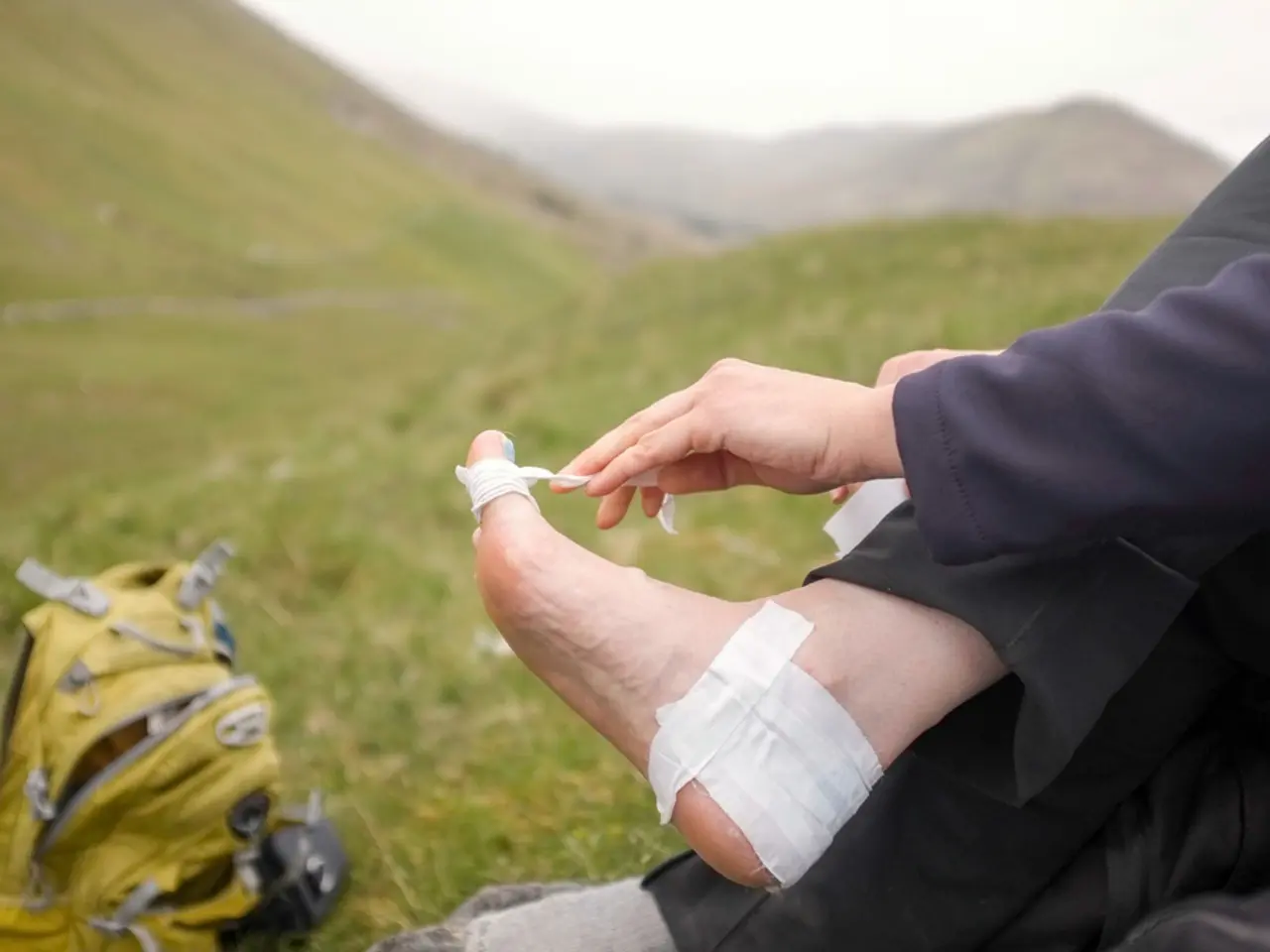Treating a Cut or Sore: Bandage or Expose to Air?
======================================================
When it comes to wound care, the general rule of thumb is to cover a wound to protect it from infection and promote healing. However, there are exceptions where airing out a wound can be beneficial.
In the case of small, superficial wounds or abrasions that are clean and not bleeding heavily, exposure to air can help them dry out and heal. Dry wounds without signs of infection may also benefit from being uncovered, as this allows moisture to evaporate, potentially speeding up the healing process.
Certain minor burns or scabs might also benefit from being left uncovered. Covering these types of wounds could trap moisture, leading to maceration or infection. Similarly, when a wound is being treated with topical antiseptics or medications that require air exposure for effectiveness, leaving it uncovered might be the best course of action.
Acute minor skin irritations or rashes might also improve if left uncovered, as covering them might worsen the condition.
On the other hand, wounds that are deeper, bleeding, or vulnerable to contamination should be covered with a sterile bandage to prevent infection and promote optimal healing.
This approach to wound care emphasizes the importance of a balanced approach. Bandaging reduces the risk of contamination and maintains a moist healing environment, which is beneficial for the healing process. However, some wounds heal better when allowed to dry, especially if they are minor and clean.
It's crucial to seek professional medical advice if a wound is deep, not healing, or suspected to be infected. Dr. Christi Cavaliere, a plastic surgeon, advises that covering a wound may feel more comfortable than leaving it open. Wound coverings are typically used to maintain a moist wound surface, which is beneficial for the healing process.
Smaller dry scabs from minor cuts and scrapes can be left uncovered. These scabs will eventually fall off on their own, and airing them out can help speed up the healing process.
Pressure ulcers on the heels can often be left open to dry. However, it's important to note that drying out new surface cells can increase pain or slow the healing process, so it's essential to monitor these wounds closely.
In summary, while the general rule is to cover a wound to protect it and promote healing, there are exceptions where airing out a wound can be beneficial. It's always best to consult a healthcare professional for advice tailored to your specific wound.
A balanced approach to health-and-wellness can be seen in wound care where covering a wound promotes healing, while exposing certain minor wounds to air can aid in drying and potentially speed up the healing process. Fitness-and-exercise, such as regular walking or stretching, can also boost overall health and contribute to wound recovery. In instances of wound treatment, the efficacy of certain topical antiseptics or medications may depend on air exposure, making uncovered therapies and treatments an option. Lastly, proper nutrition is integral to total wellness and contributes to healing by supporting the body's immune system and wound repair mechanisms.




